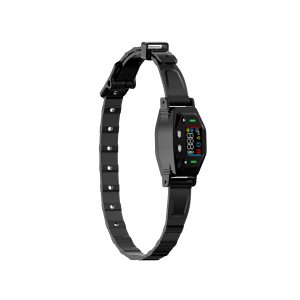Barking up the Wrong Tree: The Truth About Bark Control Collars
Bark control collars have been a controversial topic among pet owners for years. While some swear by their effectiveness, others raise concerns about the impact on a dog’s well-being. Let’s dive into the different types of bark control collars and explore whether they truly work.
Types of Bark Control Collars
There are three main types of bark control collars: citronella spray collars, vibration collars, and static correction collars.
Citronella Spray Collars
These collars release a burst of citronella spray when the dog barks. The theory is that dogs find the scent unpleasant and will learn to associate barking with the unwanted smell.
Vibration Collars
Instead of using a spray, vibration collars work by delivering a vibration to the dog’s neck when barking is detected. The vibration is meant to distract the dog and discourage further barking.
Static Correction Collars
Static correction collars are arguably the most controversial. They deliver a small electric shock when the dog barks. Proponents claim that the shock is harmless and effective in training the dog to stop barking excessively.
Do They Work?
The effectiveness of bark control collars varies from dog to dog. Some dogs may quickly learn to associate barking with the aversive stimuli and stop, while others may become fearful or more anxious.
It’s essential to consider alternative training methods, such as positive reinforcement and proper socialization, before resorting to bark control collars. Consulting with a professional dog trainer or behaviorist can also provide guidance tailored to your dog’s specific needs.
Final Thoughts
While bark control collars may offer a quick fix for excessive barking, they are not a one-size-fits-all solution. Understanding your dog’s behavior and using humane training methods is key to addressing barking issues effectively.
Remember, every dog is unique, and what works for one may not work for another. Prioritize your dog’s well-being and seek professional advice if needed.




